Beth Kephart's Blog, page 112
September 29, 2013
A Handling the Truth memoir workshop, at my own Penn bookstore

I hope you'll consider coming out and meeting me at the University of Pennsylvania Bookstore, located at 36th and Walnut Streets, this coming Thursday evening, October 3rd, 6 o'clock. I'll be conducting a mini-memoir workshop and talking about Handling the Truth, a book that is described in full here.
Until then, as they say....




Published on September 29, 2013 13:30
September 28, 2013
a bright spot in my weekend: this review of Flow, my river book

Thank you, Serena, for taking the time to find and read my river book, Flow: The Life and Times of Philadelphia's Schuylkill River.
I had such psychic freedom, writing that book, and perhaps that is why it will always be one of my favorites. The sense of writing for an audience of one, the gratitude that far more than one made the the river their own.
Some of Serena's lovely words are here, below:
Kephart melds her prose with photography, poetry, and factual
notations. There’s a sense of nostalgia in Flow that breathes life into
history, ensuring readers sense the culture of the time period, the
struggles of the people, and their dreams. The river just wants to
live, but she remains curious about her own environment, curious about
how the people use and abuse her, and disheartened when it seems as
though she has been forgotten or replaced.
The rest can be found here.




Published on September 28, 2013 13:27
September 27, 2013
Reviewing Elizabeth Gilbert and The Signature of All Things in the Chicago Tribune
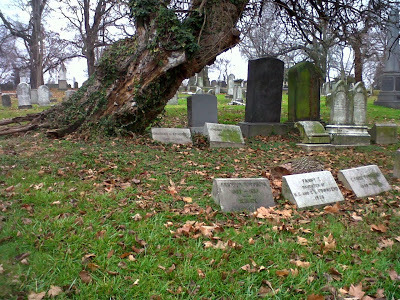
Readers of this blog have no doubt noticed that my reflections on books here have lately been few and far between. I promise to ease away from that deficiency as soon as client and literary deadlines lift.
But in the meantime, I'm privileged to share today my review of Elizabeth Gilbert's breathtaking, fiercely alive historical novel, The Signature of All Things, which I read on behalf of the Chicago Tribune. The review starts like this, below, and carries forward here.
The photo above is of The Woodlands, a slice of land upon which much of the action in this novel takes place.
Success is a glory, a phenomenon, a sly intoxication. It is also a
haunting, a probable curse. For how is one to dream beyond the answered
dream? How might one recalibrate the very idea of ambition? Write again
with urgency? Success is binding and so, too, is historical fiction. All
those facts to get right. All those anachronisms to guard against. All
that information. Writers of historical novels must be endlessly
curious, and fierce. They must engage the reader on every page and win
the battle against asphyxiating doubt. If Elizabeth Gilbert, known until
now for her mega-memoir “Eat Pray Love,” was ever haunted by any of
these questions, her raucously ingenious new novel, “The Signature of
All Things,” has shoved any doubt in the closet and bolted the door.
“Signature” is not just an historical novel that spans two centuries and
many geographies. It's a 500-page novel of ideas — a book about
universal biological theory, the study of moss, the cultivation
of quinine, the painting of orchids and the people who do these things
with passion.




Published on September 27, 2013 06:15
September 25, 2013
recorded live: talking memoir with Linda Joy Myers
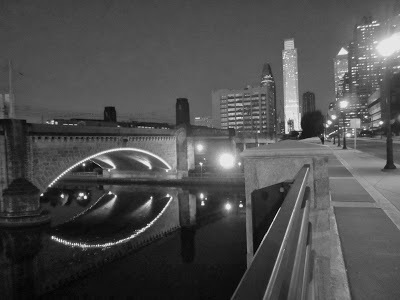
This is my river, late last night, at the end of an evening spent with the Alumnae Association of the University of Pennsylvania. I'd missed my train home by just a minute. I recovered by communing with her.
My conversation with the river was a little like my conversation, last week, with Linda Joy Myers, founder and president of the National Association of Memoir Writers. We were talking about the writing process—mostly about memoir, though fiction surfaced, too. We let ourselves travel many distances, float down countless channels.
Today I'm able to share that recorded dialogue here. You'll have to turn your volume up loud to hear me, but I am there, I promise.
Just click here.




Published on September 25, 2013 18:17
On Meeting Julie Diana, Principal Ballerina, at Penn
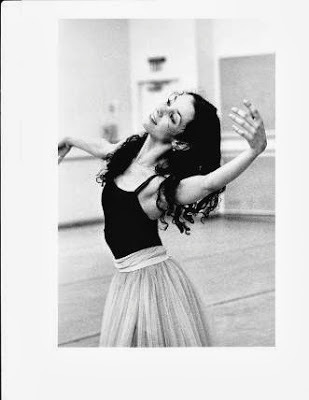
I was still stuck in the maw of the unfinished business of my novel when I set out late yesterday for the University of Pennsylvania in that gloaming hour (a term that will always belong to my friend Alice Elliott Dark). I was to speak to the Alumnae Association. I had planned to share insights on my students, a few words from Handling the Truth, a glimpse into this novel that I'm writing.
I had planned. I was ready.
What I was not ready for was Julie Diana, who does not just lead the Alumnae Association, but dances as a principal ballerina for the Pennsylvania Ballet. And is a mother. And is a beautiful writer. And graduated from my university with highest honors.
No one had said, "Your hostess will be gorgeous." No one had said, "You will be meeting a star." They had all simply said, "Come and speak."
Sometimes, after journeying far—into the world, into yourself—the only thing that can save you is a good, whole soul. Julie Diana is a good, whole soul. For the invitation to speak, for our conversation last night, for being reminded (again) that fame doesn't necessarily have to be bound up with overt pride, that important people can be listeners, too, that dance is both a silencing and an opening—for all of that, I am grateful to Julie Diana and to the wonderful women of Penn, carrying on their legacies.
I am eager to see Julie dance on her own stage when the season opens.




Published on September 25, 2013 06:18
September 24, 2013
reading from a book in progress, tonight at Penn
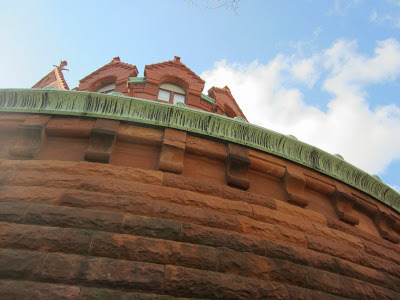
Tonight I'll be joining the Penn Alumnae Association—talking about my students, reading from Handling the Truth, and debuting these few paragraphs from this pesky work in progress. Much of this new book takes place on the campus I've grown to love. It seems only fitting to share these words with other alum who pass that way again:
The snow
is new. Our boots sink deep. Maggie drops the trash-can lid onto the
snowy walk and ties it to the leash of her rope. “You first,” she says, and the
snow and the lid crunch beneath me and Maggie lassoes the rope and I’m thrown back and now forward and Maggie says to keep my knees pressed
to my chin.
I am floating.
I am flying between the big Victorian twins and the old trees and past the community garden where Maggie plants her growing things in the spring. It's
a long hill down to the raw west edge of the Penn campus,
and someone is calling my name.
Listen.
Between towers,
beneath sculpture, over the bridge, down Locust Walk. Me on the silver disk of Maggie’s
trash-can sled, Maggie up ahead, the snow beneath us, our trail behind
us, the snow falling still. At the Ben bench Maggie turns toward Spruce and the
Quadrangle dorms, which are massive and brick and stone, like a fortress
carrying on, a blockade, and where the only way in is to belong.
She crosses
the street and turns east on the walk. Spruce Street tilts down, and the dorms
rise up, and there are lights in the leaded glass, turnstiles
in the arches, guards. From within the vast interior courtyards, we hear the sound
of snowball fights, laughter, instructions on the making of snowmen—Get up, Stand up, Get going—and we are a
parade two, we are a parade for no one; the snow keeps coming on.
Maggie’s red
hair has turned white. Her shoulders and her arms and the bottom of her dress have
turned white. Her boots are white and Maggie’s disappearing into the night and
we go—down Spruce to the end of the Quad, south along the east facade, west beside the south façade, and the fortress is holding, the
world is safely held. I close my eyes. Tip back. Let the snow tumble
in. When I open my eyes I see crystal stars between my lashes, the melting of stars. The lights in the
windows of the rooms are going out. One by one by one, and I slide by.
Everything
is vanishing, I say, and now is a long time ago.




Published on September 24, 2013 07:58
September 23, 2013
The grammar of silence. Truth. Now.
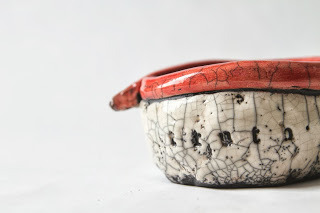
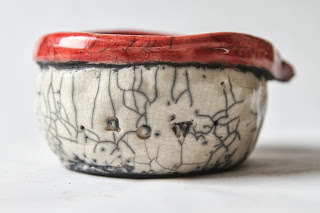
I made the pot.
My husband took the photos.
I cling to these words as I write, as I turn the corner, finally, on a novel that has had me kicked to to the street and that I have at long last beaten back by digging deeper. There are no short cuts in writing fiction. I don't care what label they put on the book (children's book, young adult, crossover). A book won't come alive until each character is alive, until everything is known about them.
That everything includes, to borrow a phrase by Mark Slouka, who wrote brilliantly this weekend about Paul Harding's Enon, in The New York Times Book Review, the grammar of silence.
We cannot write, or I cannot write, until, in each book, I master the grammar of silence. The places in between the action. The words that can't be said.
This took me an especially long time this time around. I didn't give up. I'm proud of that. I still have work to do.




Published on September 23, 2013 15:06
You don't give up
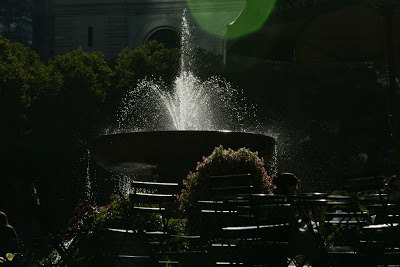
until you settle the matter in your own head.
Can you do this? Must you do this? How much stronger will you be when this is done?
Writing isn't for sissies. I don't care how many books sit on your shelf.




Published on September 23, 2013 13:24
September 22, 2013
in which I frightened the children
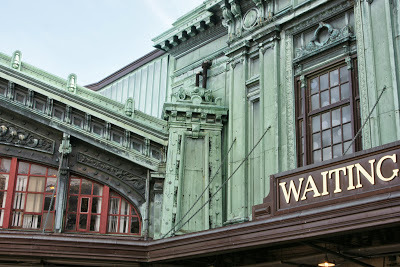
Yesterday Philadelphia was glorious—an art show on Rittenhouse Square, dozens of children at the Imaginarium of B.F. Spells, sun and blue skies.
At 1:30 or so I found myself in a library-like corner with a gathering of children on a braided rug. I had been asked to read Dr. Radway as part of a benefit gathering, but there was no one older than eight in the crowd. Can you read us "Peter Pan?" they asked. Will you read us "Little Mermaid"?
But all I had in hand was Dr. Radway, and so I began telling stories about our city now and then. I talked about boys who rescued lost animals for a living, about river races, about Eastern State Penitentiary. I turned to the illustrations in Dr. Radway—pictures, I thought! I'll talk about pictures—and realized very quickly that I was in a stew of trouble.
But why is William's brother gone? an incredibly adorable five-year-old pixie named Maisy had to know.
Because he was murdered, I didn't feel I could say.
But why is the father in prison?
Oh dear, I thought. I can't answer this. There are accidents and alcohol involved.
But who is that pretty woman in that picture?
That's Pearl, I said, but then couldn't say, Pearl, the goodhearted prostitute.
And then I shared a picture of William's best friend Career—a good kid, an ambitious kid, a hero himself. I can talk about Career, I thought. I can say something actual here. I've got material! At last! For the children!
But then Maisy piped up with, I don't like the looks of Career at all.
Why's that? I asked.
Because he's smoking a pipe, she said. Do you know how to read Little Mermaid? she said.
It took me all these years and a girl named Maisy for me to come face to face with this fact: I am not nearly as innocuous as I had always thought I am.
To the Chestnut Hill Book Festival now. To talk memoir. I think I might be better at that.




Published on September 22, 2013 07:33
September 21, 2013
world on our shoulders
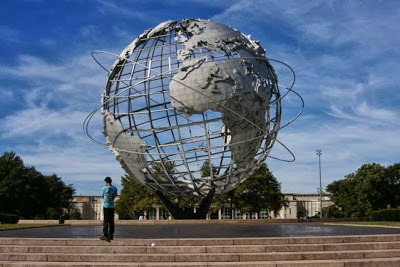
When so much terrifying news crushes in—floods and rogue rifles, fires and gridlock—my personal preoccupations shame me. All I know how to do is to stop and to count the things for which I'm grateful.
Any day could be our last day. At any moment our lives could shatter.
Tell the people you love that you love.
Unburden yourself of the insignificant.




Published on September 21, 2013 16:09



